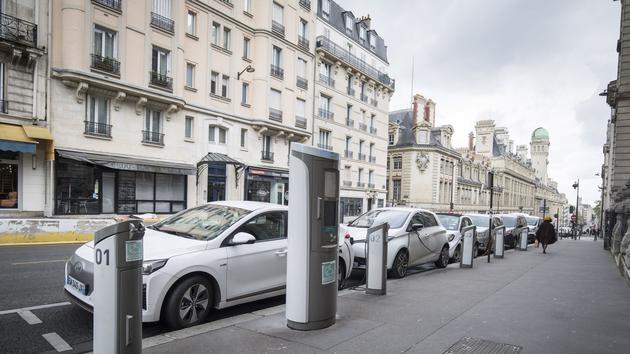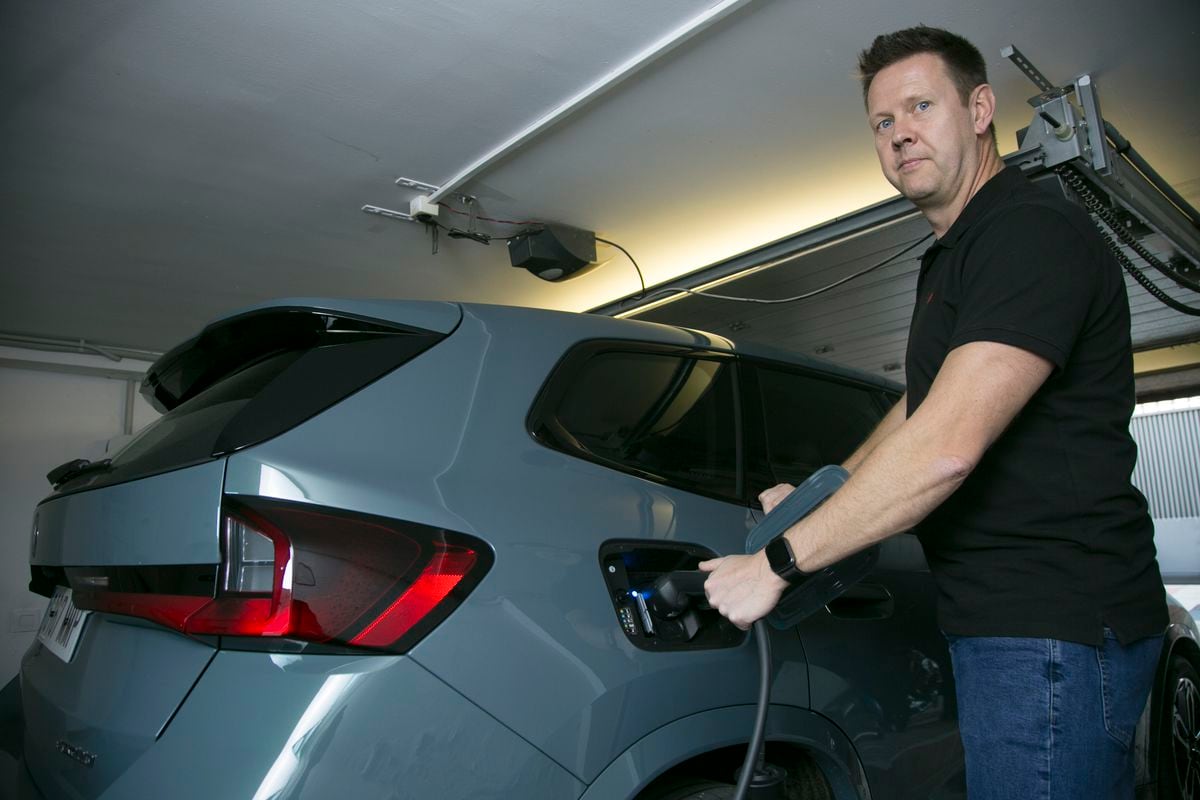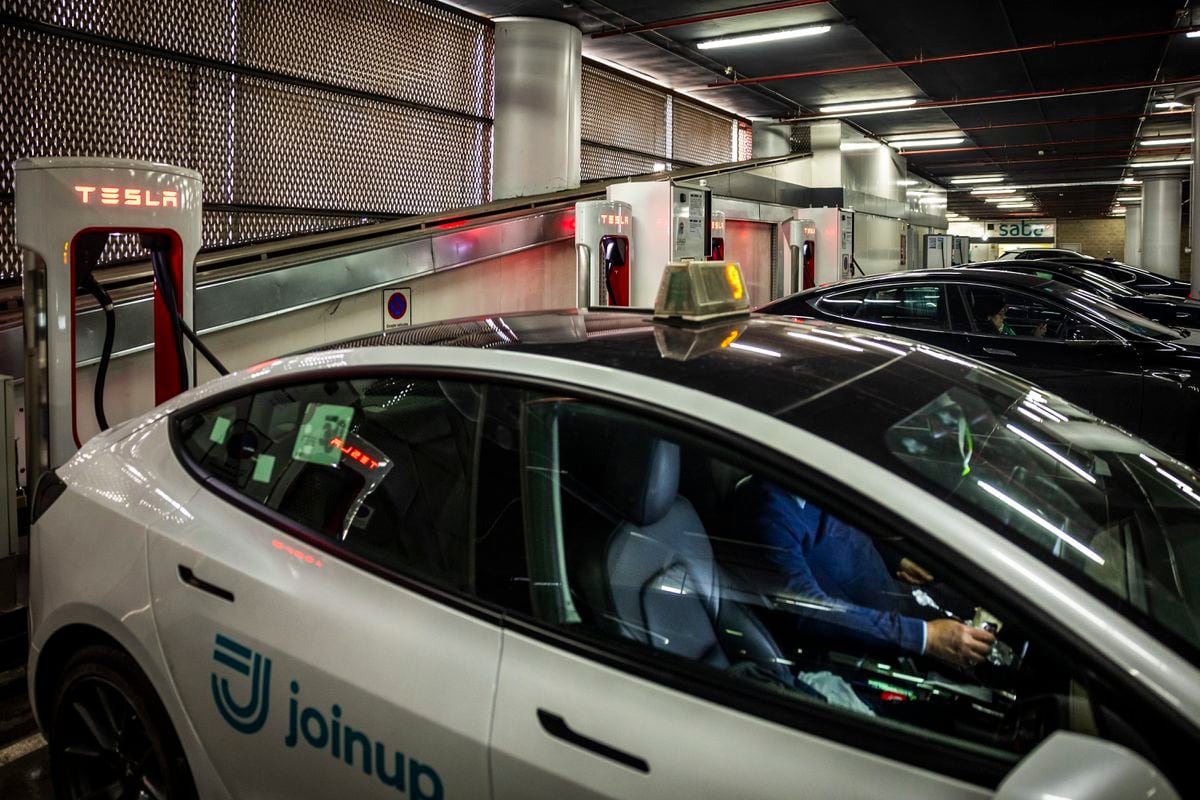"As of May 1, 2021, France had 33,363 points open to the public, an increase of 7% since the start of the year," said Cécile Goubet, the general delegate of Avere-France (the National Association for the development of electric mobility), in the latest national barometer of charging infrastructure.
Around 67,000 are missing in France to reach the target of 100,000 charging points at the end of 2021 set by Jean-Baptiste Djebarri, the Minister for Transport, in October 2020.
To discover
What responsibility at the wheel of an “autonomous car”?
Slow deployment
So there are now a little less than eight months left and we are still far from the mark.
If, between 2015 and 2019, the installation of terminals was fairly sustained with an increase fluctuating between + 13% (2018) and + 31% (2016), in 2020 it was only + 4%.
This slowdown, which looks like a pause, does not fail to challenge as a large number of local authorities and departmental energy unions have, at the same time, continued infrastructure installations.
Not enough, apparently ... Admittedly, the health crisis and its various confinements, which were added to the late publication of decrees and orders, in particular that on the right to take in housing, have damn badly handled all the actors of the ecosystem and excessively slowed down deployment in 2020.
And Cécile Goubet to alert in her latest press release:
"While this 7% increase marks a slight upturn in deployments compared to 2020, an acceleration seems more and more necessary in view of the deterioration in the ratios of the number of vehicles per point. charging. "
Clearly, with just under 382,000 100% electric vehicles currently registered, France has an average of 1 charging point for 12 vehicles (1 for 16 vehicles including the 175,000 plug-in hybrids), while last February the ratio was better, with 1 charging point for 11 “zero emission” vehicles (1 for 14 when counting hybrid models with rechargeable batteries). However, compared to its European neighbors, France is not so badly off since it allowed itself to overtake Germany and the United Kingdom, to slip from fourth position to second, just behind the Netherlands. Low (1 charging point for 3 electric vehicles).The best student gives us a lesson at the start of the year by installing 15,000 charging infrastructures between the beginning of February and the end of April (2,000 on the French side!). As a reminder, the European Union recommends a ratio of 1 to 10. Nevertheless, with sales of electrified models with rechargeable batteries rising sharply in France (more than 86,000 between January and April, or 12% of shares market and + 122% over one year), there is an urgent need to strongly accelerate the establishment of charging points.
Still insufficient mesh
If, in France, these terminals accessible by all are installed on the road on public sites (40%), on car parks (37%) or on business or commercial sites (23%), their network is still not enough and can cause roaming problems if you are not careful to plan your route.
In fact, the lack of charging points still cools many motorists who reject the purchase of an electrified vehicle.
The interest of the recent amendment to the decree (no.2017-26 of January 2017) relating to recharging infrastructures
(see box opposite)
may be a game-changer. Even if one can wonder about the obligation of an installation in a public car park, often very far from the habitats. In fact, this service will be more relevant to the “visitor” who has just come for an errand or is going to an appointment. Because, if 75% of the population lives in cities, the French mostly recharge (90%) at their home or at their place of work. This is why, in addition to public recharging, it is imperative to facilitate the development of private recharging, especially in condominiums
(see box)
where installing a terminal is still too often a headache. .
Moreover, an American study should alert us: 17% of Californians who bought an electric car have gone back to the thermal car.
A worrying figure that can be explained neither by a bad experience in terms of autonomy, nor a problem of reliability or cost price, but quite simply by the difficulty of recharging.
And those who abandon the “zero emission” car are also those who are not equipped with a home charging facility.
To return to electric, they are therefore waiting for the charging experience to improve.
Mediocre quality
According to the operator of the electricity network in France, Enedis, there are in total nearly 452,000 charging points on the national territory distributed as follows: 52% in companies, 41% in private individuals and only 7% accessible to the public.
Still, in another press release, Cécile Goubet recalls:
"More than quantity, it is the quality of the charging network that must take precedence, and there, progress must be made."
Not false.
(Too many?) Many owners of charging networks do not fully control their infrastructure, whether it is about use or the quality of service (location, power, operating condition, maintenance).
According to the Afirev public electric charging service quality observatory, 9% of the stations turned out to be unavailable for seven consecutive days, while 85% of users say they have encountered an out-of-service station.
Result: public infrastructures are no longer popular: 88% of motorists never use them or on very rare occasions.
When the “hunt” for the charging station becomes a factor of stress and anxiety, it is quite the opposite of what one is looking for when buying a 100% electric car.
But other externalities limit the deployment of charging stations.
High cost
The cost of the recharging infrastructure remains significant compared to that of the energy delivered.
Thus, the market turns out to be rather complex for local authorities and users, which hinders the development of the public market.
To limit costs, municipalities and public authorities will have to move towards new models, such as concessions.
A solution that will accelerate the deployment of terminals more quickly.
The fact remains that a price increase seems inevitable, in particular to finance the heavy investments of fast charging stations.
Exogenous brakes
With the health crisis linked to Covid-19, the shortage of electronic components, which affects many sectors, has serious repercussions on the electromobility sector. The redeployment of semiconductor manufacturing to IT, which is in great demand with the increase in teleworking around the world, has created supply problems of components or alloys, logically leading to a drop in production rates for terminals. A shortage that unfortunately risks continuing in the second quarter of 2021.
The executive had however multiplied the devices to help the installation of charging stations, like the Advenir program, renewed in 2020 with a budget of 100 million euros, to finance more than 45,000 charging points. by 2023. Not to mention the very recent government decree announcing an extension of 100 million euros for companies installing terminals on highways.
Despite the remaining eight months, and the additional installations to come thanks to the concessions recently awarded (Ville de Paris to Total, Engie Solutions and Freshmile in Strasbourg, Eborn network for Vinci), the speed of progress seems to date insufficient to reach the 100 000 charging points at the end of 2021. At this rate, this objective, which was initially set at the end of 2022 and brought forward by one year during the support plan for the automotive sector, may not be fulfilled before 2023!















